Professional Manufacturer of Biomagnetic Beads

Silicon-based Magnetic Beads
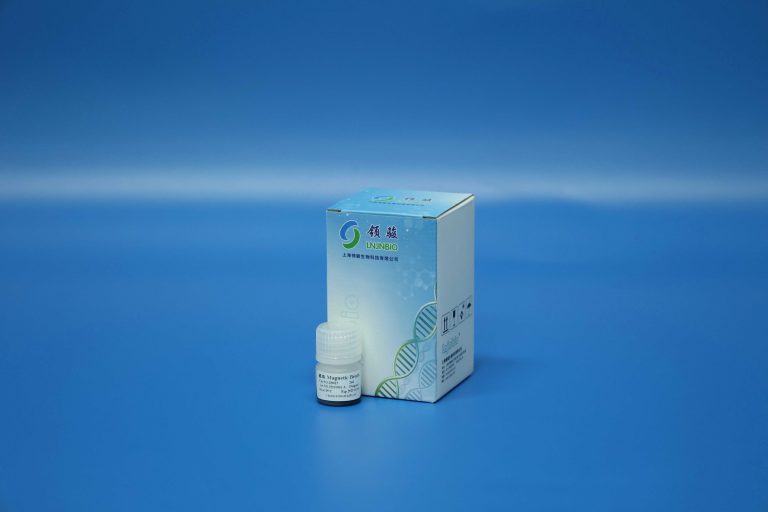
Lnjnbio® Magnetic Beads For Sequencing Reaction Product Purification 220015
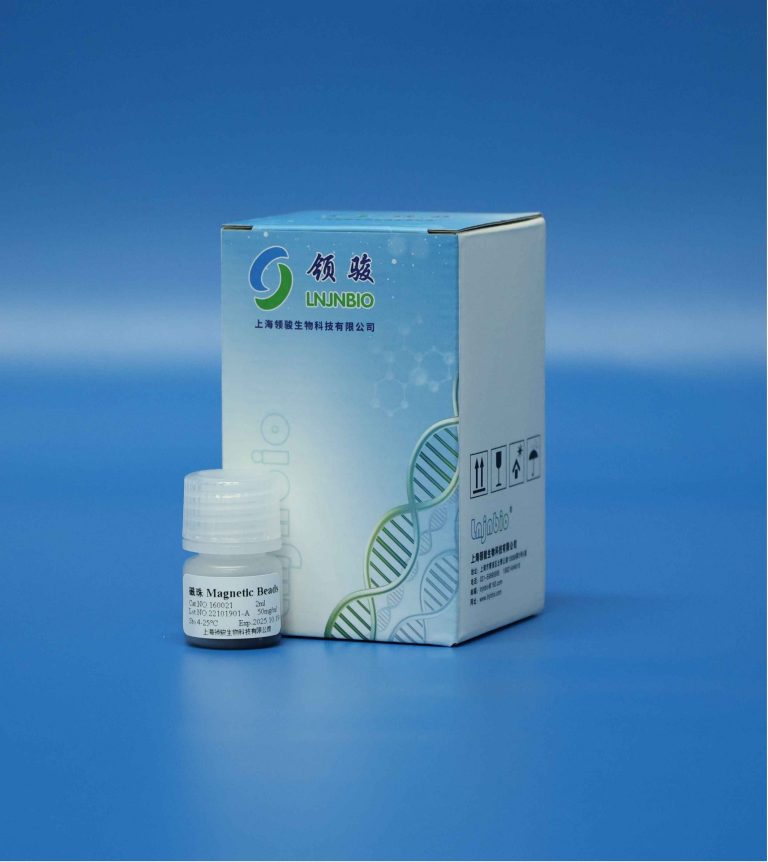
Lnjnbio®Magnetic Beads For PCR Amplification 160021
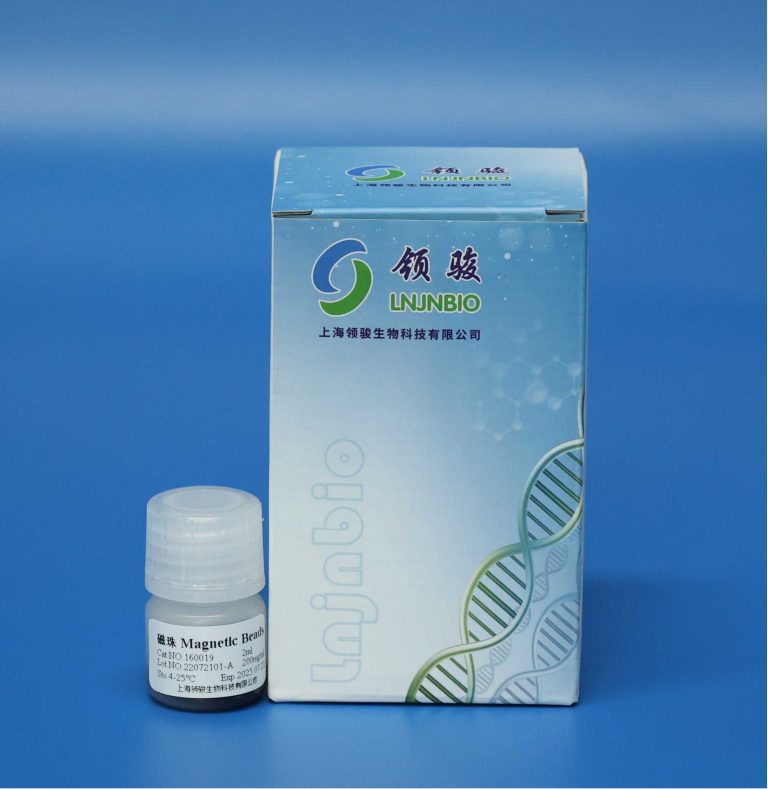
Lnjnbio®Magnetic Beads For Extraction and Purification of Genomic DNA 160019
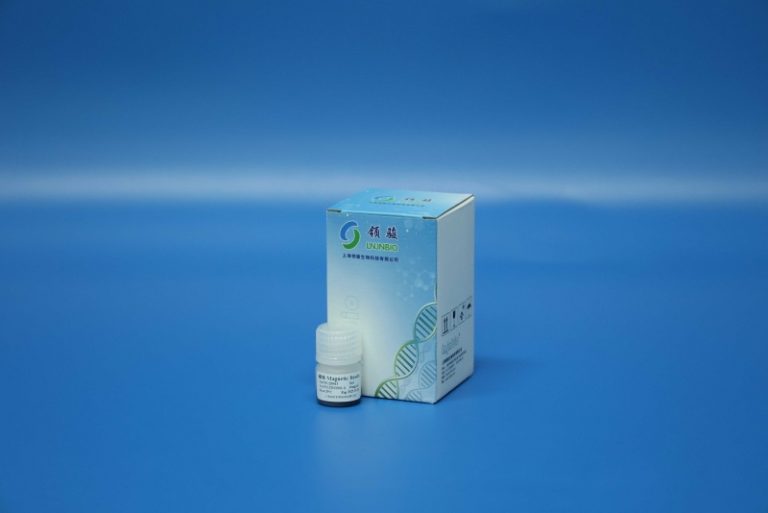
Lnjnbio® Magnetic Beads For Extraction and Purification of cell total DNA/RNA 220013
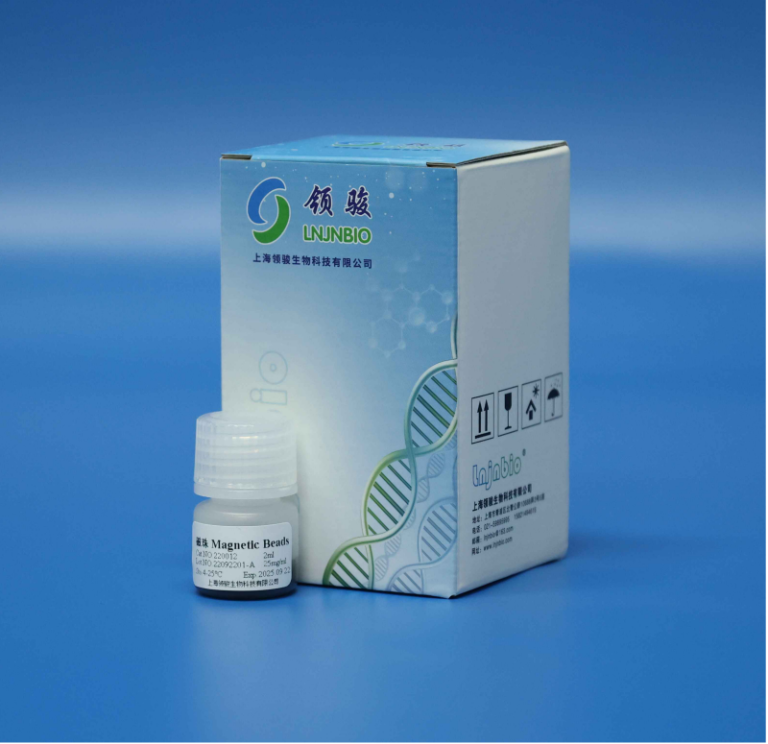
Lnjnbio Magnetic Beads For Extraction and Purification of ccfDNA/RNA 220012
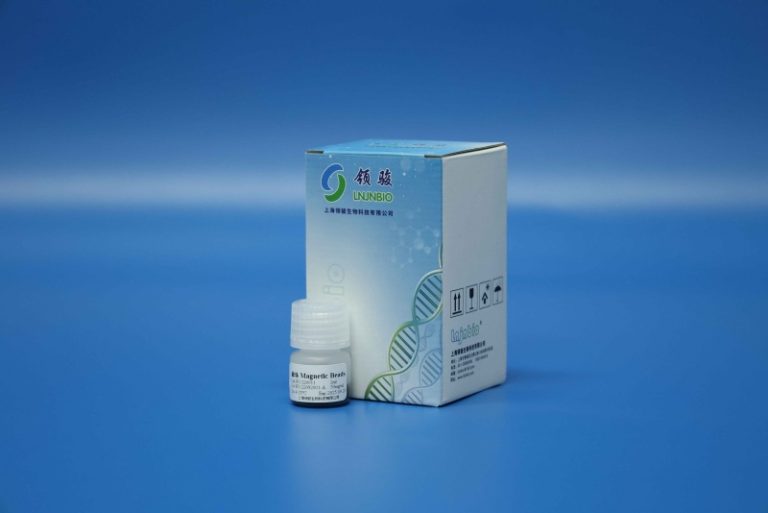
Lnjnbio Magnetic Beads For Extraction and Purification of Trace DNA/RNA 220011
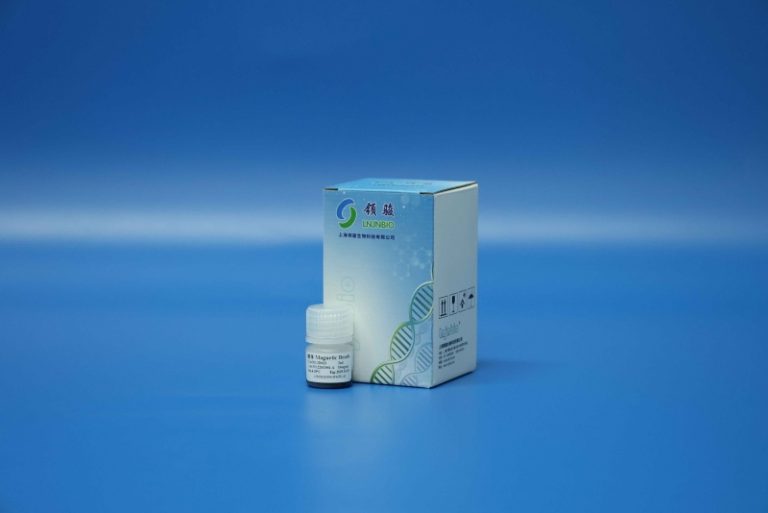
Lnjnbio Magnetic Beads For Extraction and Purification of Genomic DNA 160017
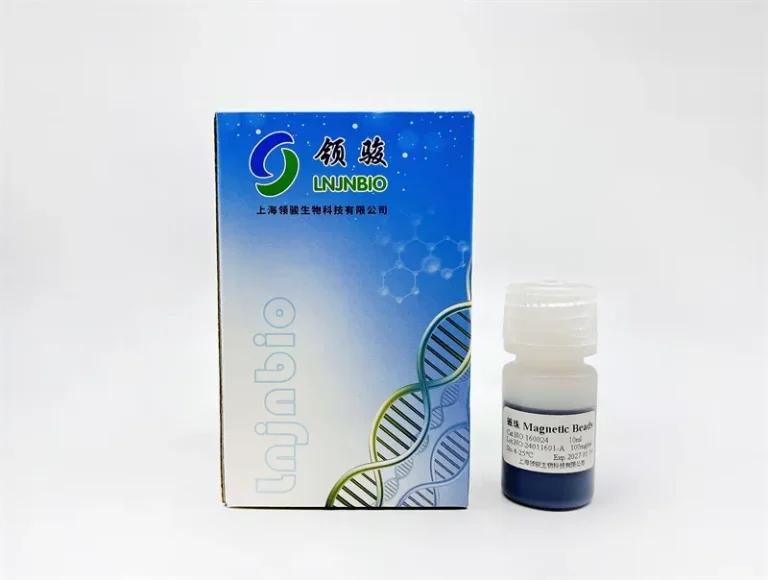
Lnjnbio® Magnetic Beads for Plasmid DNA Extraction and Purification 160024
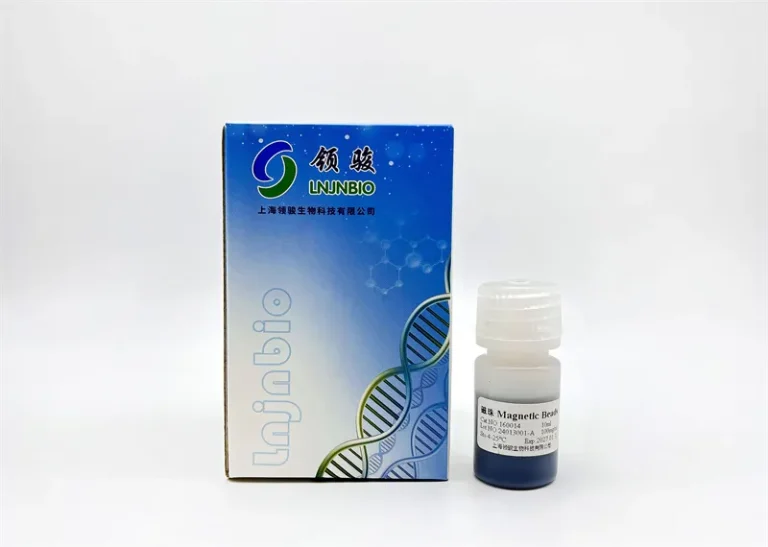
Lnjnbio® Magnetic Beads for Extraction and Purification of Genomic DNA 160014
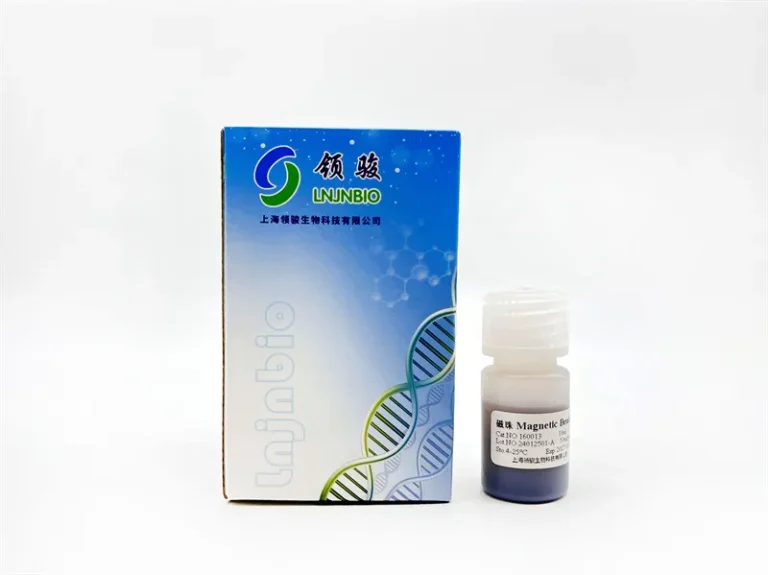
Lnjnbio® Magnetic Beads for DNA/RNA Extraction and Purification of Virus 160013
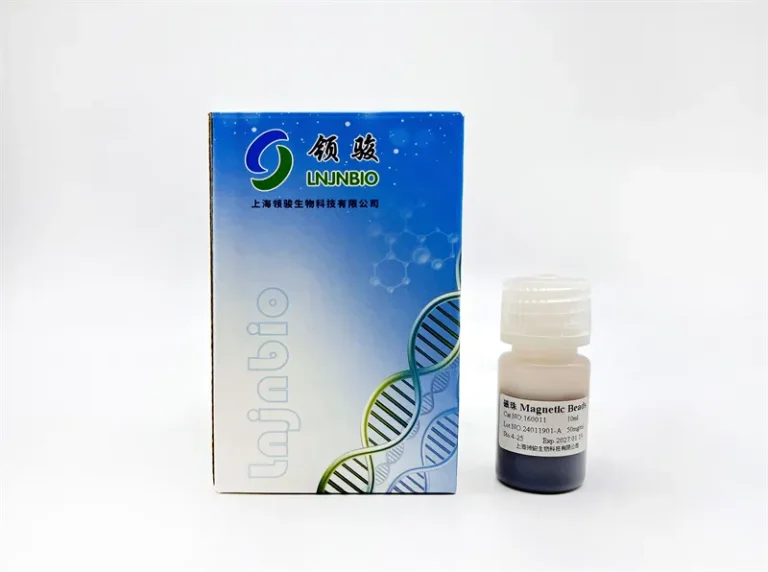
Lnjnbio® Magnetic Beads For Extraction and Purification of Trace DNA/RNA 160011
Introduction to Magnetic Beads
Biomagnetic beads are high-tech microspheres that integrate magnetic and biological functions and are widely used in biomedical research and clinical testing. Their core is composed of ferromagnetic material, and the outer layer is usually coated with silica gel, polymer or other biocompatible materials and coupled with specific biorecognition molecules, such as antibodies, nucleic acids or avidin. Biomagnetic beads, with their unique magnetic responsiveness and biological activity, provide a fast, efficient and accurate means of material separation and enrichment during sample processing.
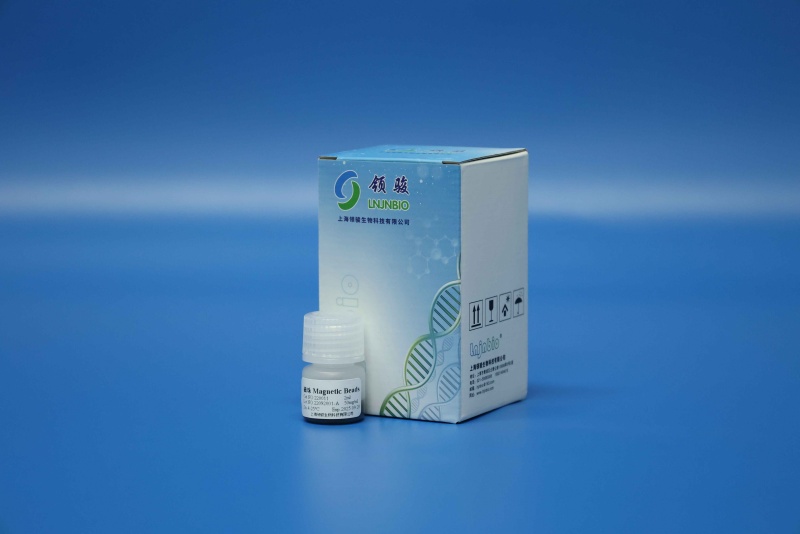
Characteristics of Magnetic Beads
High sensitivity and specificity: Biomagnetic beads can bind target molecules with high specificity, ensuring the accuracy of analysis.
Easy operation: controlled by an external magnetic field, no centrifugation or filtration is required, greatly simplifying the experimental process.
High-throughput processing: Suitable for automated systems that can process multiple samples at the same time, significantly improving laboratory work efficiency.
Strong stability: Magnetic beads have good chemical stability and mechanical strength and can maintain functional stability under a variety of conditions.
Versatility: It can be used in various application scenarios such as nucleic acid extraction, protein purification, and cell sorting.
Properties of Magnetic Beads
The properties of biomagnetic beads mainly depend on their core materials, coating layers and surface-coupled ligands. The core material determines the magnetic response capability of the magnetic beads. Common magnetic materials include Fe3O4 and Fe2O3;
The coating layer gives the magnetic beads biocompatibility and stability, preventing the magnetic material from being oxidized; the surface-coupled ligands determine the biological functions of the magnetic beads, such as antigen-antibody reaction, nucleic acid hybridization, etc.
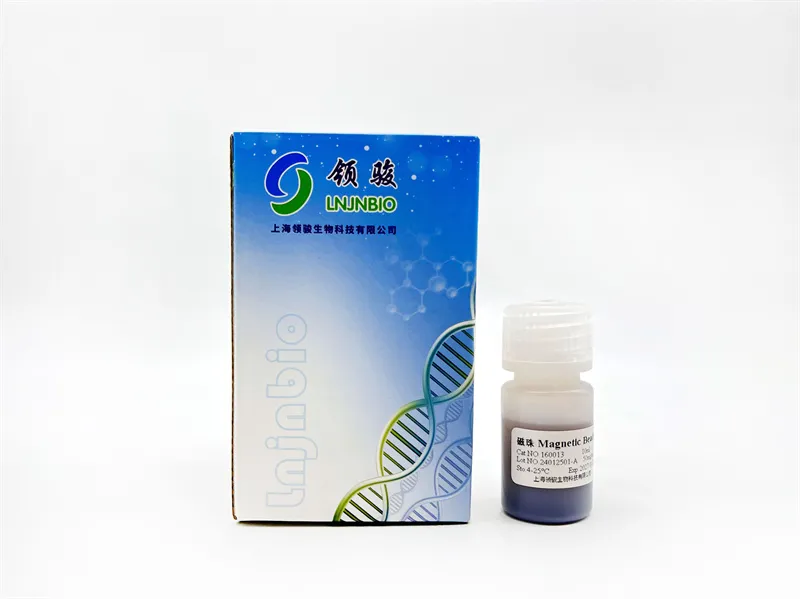
Application of Magnetic Beads
Nucleic acid extraction: used for rapid separation and purification of DNA and RNA, widely used in genetic research, pathogen detection and genetic diagnosis.
Protein purification: Using specific ligands, such as avidin, nickel columns, etc., to achieve efficient capture and purification of target proteins.
Cell sorting: Use magnetic beads to label specific antigens on cell surfaces to achieve rapid separation and enrichment of cells, which is suitable for stem cell research, immunological analysis and other fields.
Drug screening: In the process of drug discovery and optimization, magnetic beads can be used for target verification, compound library screening, etc.
Supplier Introduction
Shanghai Lingjun Biotechnology Co., Ltd. was established in 2016 and is a professional manufacturer of biomagnetic materials and nucleic acid extraction kits.
We have rich experience in nucleic acid extraction and purification, protein purification, cell separation, chemiluminescence and other technical fields.
Our products are widely used in many fields, such as medical testing, genetic testing, university research, genetic breeding, and so on. We not only provide products but also can undertake OEM, ODM, and other needs. If you have related needs, please feel free to contact us sales01@lingjunbio.com.
Payment Methods of Magnetic Beads
L/C, T/T, Western Union, Paypal, Credit Card etc.
Shipment of Magnetic Beads
By sea, by air, by express as soon as possible once payment receipt.
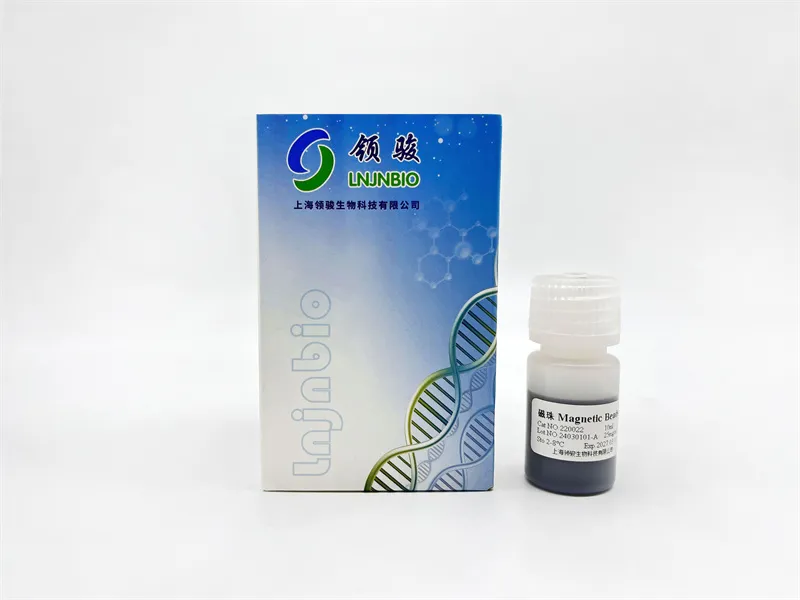
Magnetic Beads FAQs
Q: How to avoid nucleic acid degradation when using biomagnetic beads for nucleic acid extraction?
A: During the nucleic acid extraction process, RNase-free kits and consumables should be used and operated at low temperatures to reduce nuclease activity and prevent nucleic acid degradation.
Q: Can magnetic beads be reused?
A: This depends on the design and application of the magnetic beads. Some magnetic beads can be reused after proper cleaning and regeneration, but repeated use may cause the performance of the beads to degrade.
Q: What are the advantages of magnetic beads in protein purification?
A: Magnetic beads provide high-throughput and rapid separation capabilities in protein purification, while maintaining the native conformation of the target protein, which is beneficial to subsequent functional research.
Q: How to choose suitable biomagnetic beads?
A: The characteristics of the target molecule, experimental conditions, and expected purification efficiency should be considered when selecting magnetic beads. It is recommended to consult a professional supplier to select the best type of magnetic beads based on the specific application.
As an important tool in modern life science research, biomagnetic beads are constantly promoting the advancement of scientific research and clinical technology with their excellent performance and wide applicability. Whether it is basic research or clinical application, biomagnetic beads have shown irreplaceable value. If you have more in-depth needs or questions about biomagnetic beads, please feel free to contact us and we will serve you wholeheartedly.
